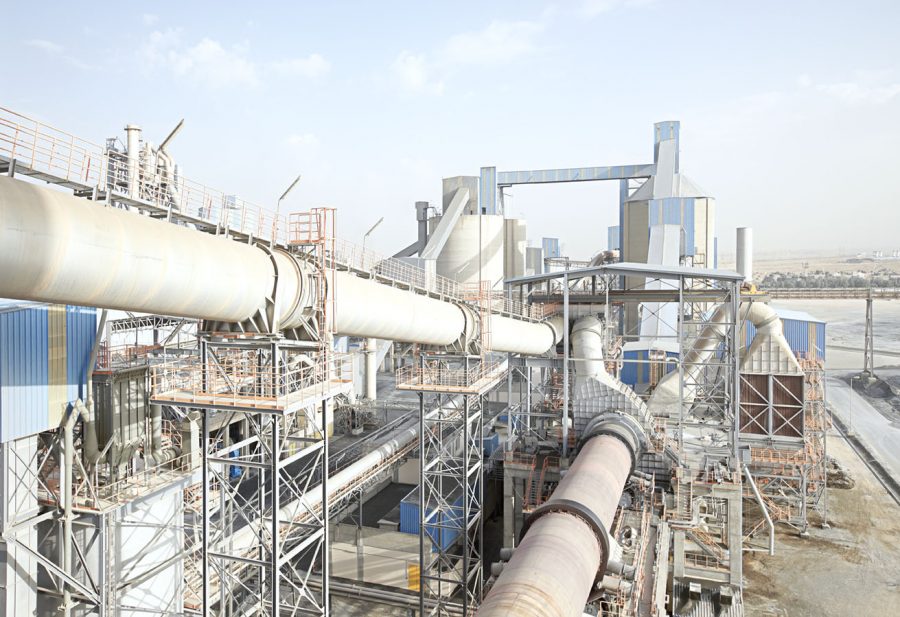In the first half of 2023, the manufacturing sector witnessed a significant uptick in the inventory of unsold finished products, which rose to N271.96 billion.
This figure marks a noteworthy increase compared to the N187.08 billion recorded during the same period in 2022, representing a substantial growth of N84.88 billion, equivalent to 45.4%.
Segun Ajayi-Kadir, the Director General of the Manufacturers Association of Nigeria (MAN), attributed this surge in unsold finished product inventory to the weakened purchasing power of consumers during the first half of 2023.
This decline in purchasing power, as noted in MAN’s ‘Half Yearly Review of the Economy (January – June 2023)’ released recently, is primarily a result of diminishing real household income due to the ongoing rise in inflationary pressures.
This inflationary pressure was further exacerbated by the scarcity of the Nigerian currency in the first quarter of the year and the consequences of subsidy removal.
Impact of CBN’s naira redesign policy
Ajayi-Kadir, in particular, noted that the year 2023 commenced with an aura of uncertainty in the economy, stemming from the Central Bank of Nigeria’s (CBN) Naira redesign policy.
This policy resulted in a Naira crunch and the customary lull in economic activities leading up to the general election in the latter part of 2022.
He emphasized that the ramifications of the Naira redesign initiative and the sluggish economic activities were evident in the Gross Domestic Product (GDP) data published by the National Bureau of Statistics (NBS).
These figures revealed that the economy decelerated to 2.31% and 2.51% in the first and second quarters, respectively.
President Tinubu’s subsidy removal and exchange rate unification
Moreover, the removal of subsidies and the policy of exchange rate unification towards the conclusion of the first half of the year left the economy teetering on the precipice of uncertainty.
This triggered a ripple effect that further eroded the confidence of investors.
In his words,
- “Consequently, both businesses and foreign investors are growing increasingly cautious about committing capital, thereby impeding economic growth and the prospects for recovery.
- “The collective impact of these factors is an upsurge in inflationary pressures, which inflates production costs, diminishes consumers’ purchasing power, and exerts a significant influence on manufacturers,” remarked Ajayi-Kadir.
About the MAN’s Half-Year Review
The ‘Half Yearly Review of the Economy’ provides a summary of the findings from MAN’s survey of the manufacturing sector for the first half of 2023.
The report was drafted with the primary aim of monitoring changes in manufacturing sector performance indicators vis-à-vis the behaviours of the macroeconomic and policy environment during the survey period.
The key manufacturing indicators under scrutiny encompassed capacity utilization, production value, inventory levels, utilization of local raw materials, investment, expenditure on alternative energy sources, and more.

















Great piece of knowledge in that research paper.